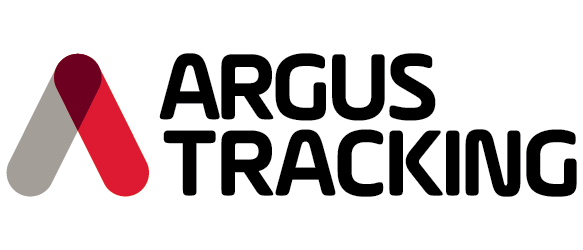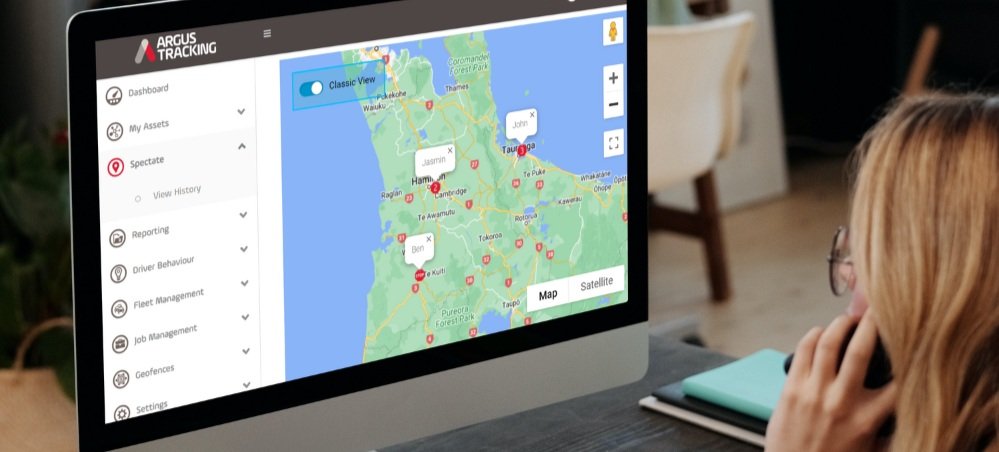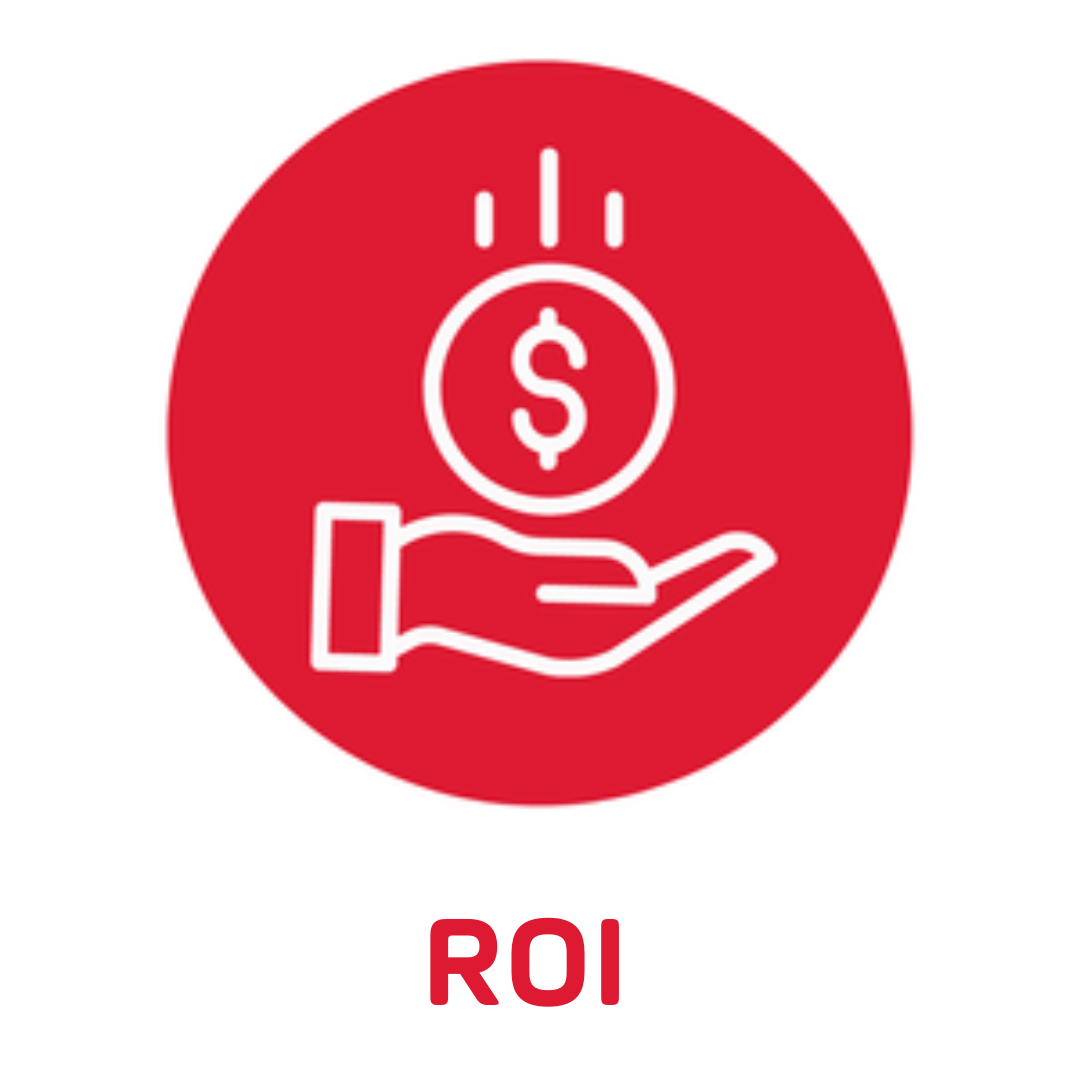Despite its name, GPS Tracking & Fleet Management technology can provide fleet managers with more than just vehicle tracking and management. It’s a complex solution that has many working components, and it’s tools are often underutilised when not fully understood. Fortunately, we’ve put together this handy guide for fleet managers that takes the mystery out of the GPS Tracking & Fleet Management world.
What is GPS Tracking & Fleet Management?
To put it simply, GPS Tracking & Fleet Management is the use of Global Positioning System (GPS) technology to monitor and manage a fleet of vehicles, including cars, trucks, vans, and ATVs.
The goal of GPS Tracking & Fleet Management is to optimize the utilisation and efficiency of fleets, reduce costs, improve customer service, and enhance safety. This is achieved by collecting real-time data on the vehicles' locations, routes, speed, fuel consumption, and maintenance which allows fleet managers to make informed decisions about how to best manage their fleet. The data is usually accessed through web-based software or mobile apps and can be used to track vehicles in real-time, improve dispatch, monitor fuel consumption, and identify areas for improvement.
So how does it really work?
Overall, GPS Tracking & Fleet Management tools (like Argus Tracking) work by integrating GPS technology with Fleet Management software to collect real-time data on fleet vehicles and assets. The process can be broken up into 5 sections:
GPS Hardware - A GPS device is installed in each vehicle/asset in the fleet, which sends real-time data to the fleet management software through cellular or satellite networks.
Fleet Management Software - The GPS data is received by the fleet management software, which processes the information and presents it in a user-friendly interface e.g. the Argus Tracking Dashboard.
Real-Time Tracking - The software displays the most current location, speed and route of each asset in real-time, allowing fleet managers to manage and monitor their fleet’s movements.
Data Collection & Analysis - The software collects a wide range of data including fuel consumption, maintenance schedules, and safety metrics that can be analysed to identify areas of improvement.
Reporting & Alerts - The software generates reports and provides alerts for critical events such as asset theft, speeding or maintenance needs allowing fleet managers to take action in real-time.
To summarise, GPS Tracking & Fleet Management software allows fleet managers to manage and monitor their fleet in real-time, improve utilisation and efficiency, reduce costs, and enhance safety - all by using GPS technology and data analysis.
Argus Tracking’s GPS Tracking & Fleet Management solutions
What is GPS Tracking & Fleet Management software commonly used for?
There are many reasons why businesses invest in Tracking & Fleet Management software however, the most common reasons are:
Vehicle tracking and location monitoring
Route optimization and planning
Fuel consumption and efficiency tracking
Driver behaviour monitoring
Maintenance and safety management
Billing and invoicing
Dispatch and job assignment
Real-time communication with drivers
What are the benefits of GPS Tracking & Fleet Management technology?
Tracking and fleet management systems can provide a world of benefits to businesses, including improved customer service, reduced operating expenses, asset tracking, driver management, and improved driver safety to name a few.
Fleet managers also benefit from being able to monitor their assets with real-time data. This allows them to choose the most fuel-efficient routes (reducing fuel costs and improving asset utilisation) and have visibility into their entire fleet which can reduce downtime.
Here at Argus Tracking, our systems also provide the added benefits of Health & Safety, Compliance, Asset Utilisation & Efficiency, and Return on Investment (ROI). To learn more about these advantages, read our case studies or use our ROI Calculator to visualise your savings.
What industries use this technology?
GPS Tracking & Fleet Management technology is a crucial part of a wide range of industries including:
Delivery and logistics
Transportation and trucking
Construction and field services
Waste management
Agriculture and farming
Government fleet operations
Emergency services
Mining and heavy equipment
How can you find a Tracking & Fleet Management system that fits your fleet’s needs?
Use the points below as a guide to find and select the right system for your fleet:
Define your requirements and goals: What are you trying to achieve with GPS tracking and fleet management software?
Evaluate the features: Look for a system with the features you need, such as real-time tracking, route planning, driver behaviour monitoring, etc.
Consider scalability: Choose a system that can grow with your business and can handle your future needs.
Look for integrations: Check if the system integrates with other tools and software you already use.
User experience: Consider the ease of use and user-friendliness of the platform for you and your team.
Price and budget: Choose a system that fits your budget but also consider the cost of any additional features you may need.
Customer support: Look for a vendor that offers robust customer support, training, and resources.
Review references and case studies: Look for real-world examples of the software being used successfully in businesses similar to yours.
Try before you buy: Take advantage of free trials or demos to test the software, making sure it fits your needs.
Our top tips for implementing a GPS Tracking & Fleet Management System
To take the complexity out of implementing a Tracking & Fleet Management system, we’ve put together several tips that can make the process easier:
Find the right fit - Do your research to find a telematics company that best fits the needs of your fleet. Be sure to also consider the other features you may need including real-time and historical tracking, data analysis and reporting.
Explain and educate employees - Installing tracking hardware into your employee’s vehicles can often come across the wrong way, however, it doesn’t have to. It’s important to explain why the fleet needs vehicle tracking and give them training on how to use the system - remember that you’re a team!
Use the system to its fullest - This one is a no-brainer! It’s important to use every aspect of the system to get the most out of it (and value for your money). There’s also no advantage in spending company time and money implementing Tracking & Fleet Management software if only half of your staff use it, so be sure to get everyone onboard from the get-go.
Next steps?
If you’re at the beginning of your Tracking & Fleet Management journey and need some advice on where to start, contact our team of experts for a non-obligatory chat or check out our plans to get a feel for what we have to offer.
We’ve converted our Tracking & Fleet Management guide into a handy checklist, download your copy here.
For more information…
To gain a better understanding of the GPS Tracking & Fleet Management software that Argus Tracking provides, check out our resources below.











